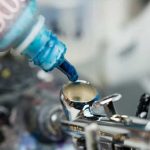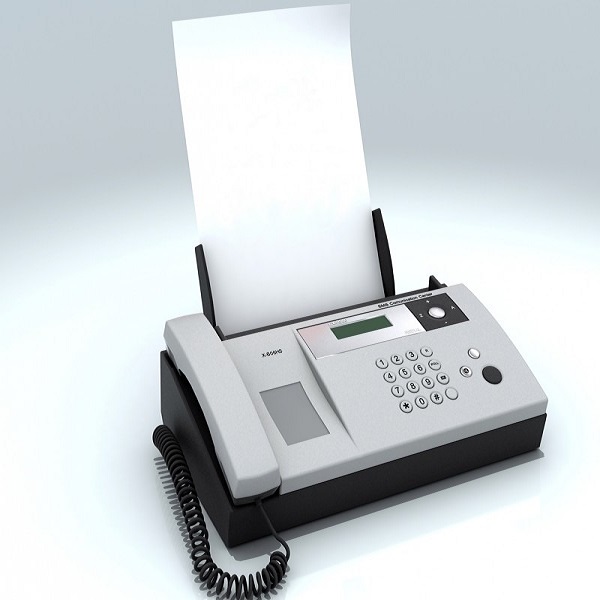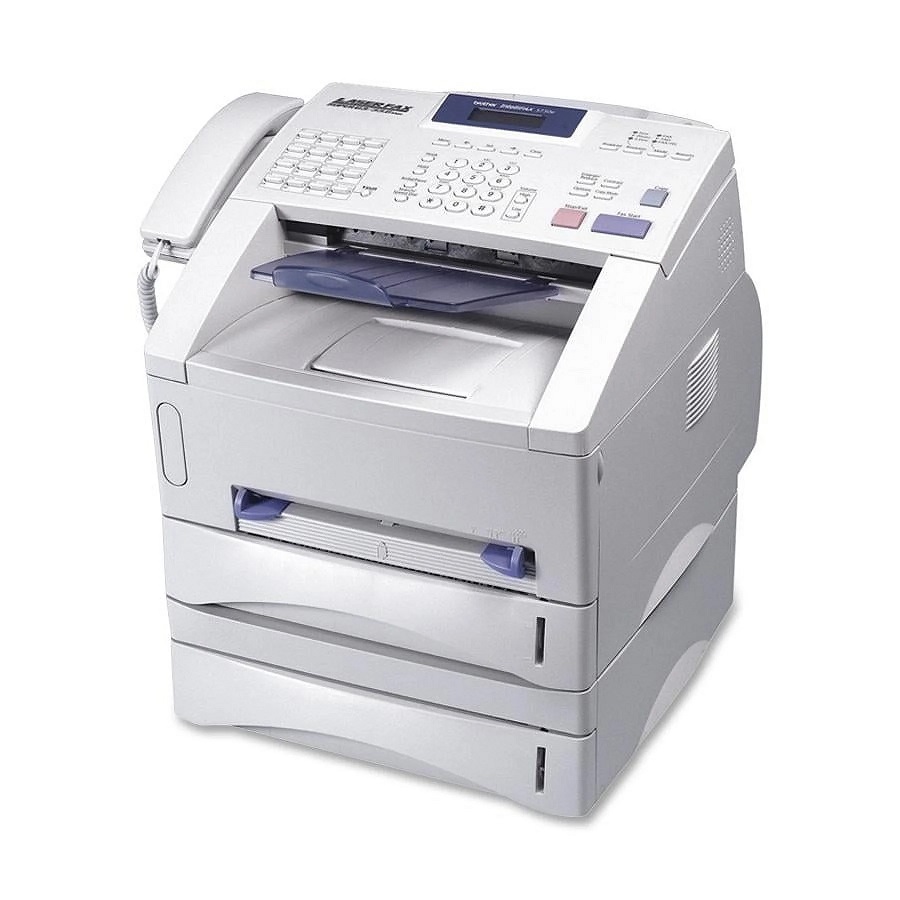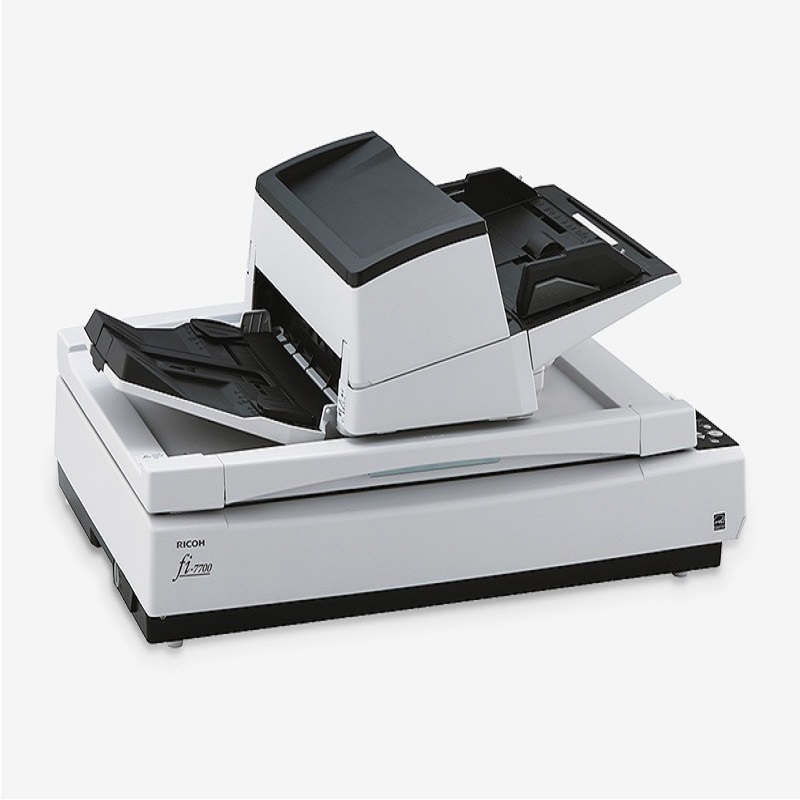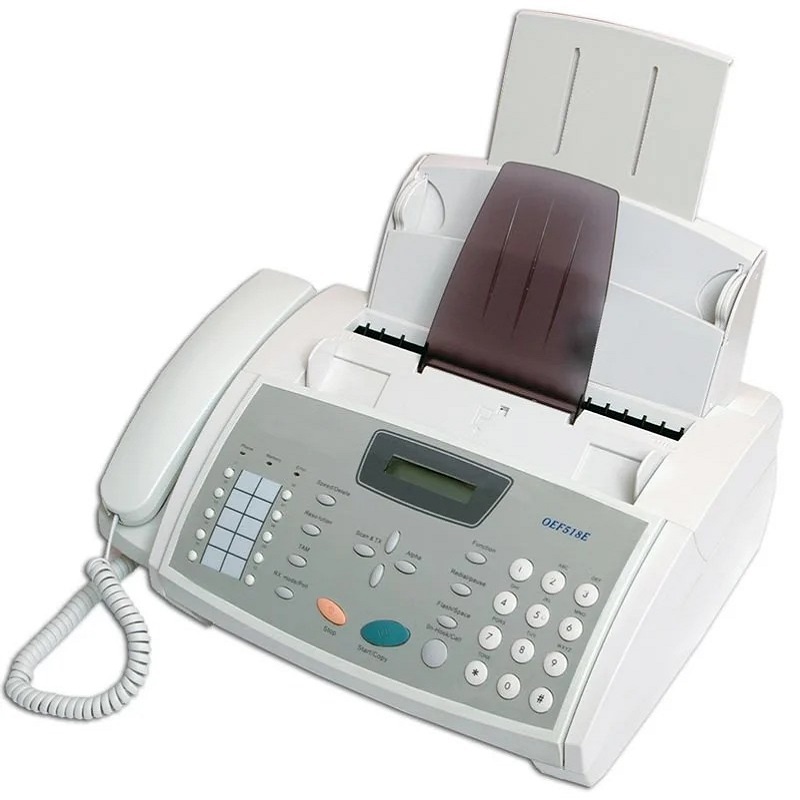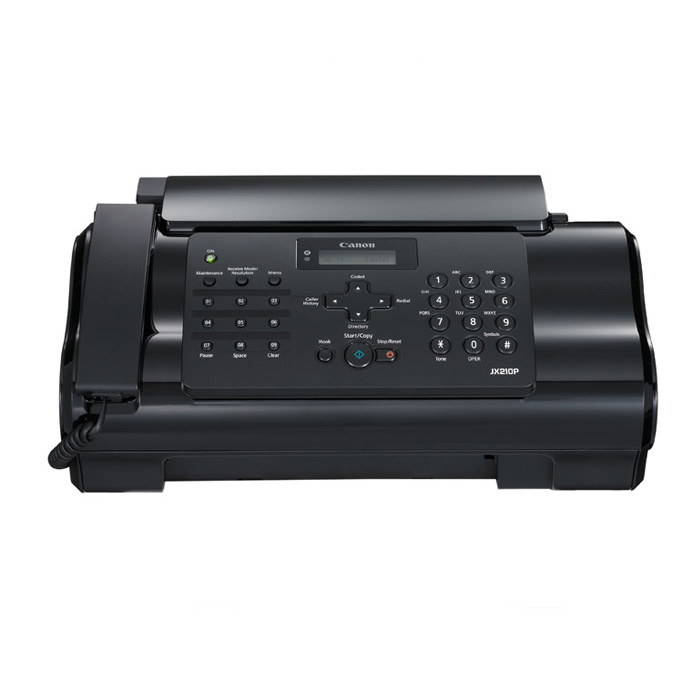What is a fax machine and how does it work? The fax machine has long played a crucial role in facilitating communication, enabling the transmission of documents and images over long distances. Originating from the conventional telegraph and teleprinter technologies, the fax machine has evolved into a valuable piece of office equipment, offering an effective and reliable means of exchanging information. In this comprehensive guide, we will explore the functionality of the fax machine, delving into its history, operation, and significance in the realm of communication and business.
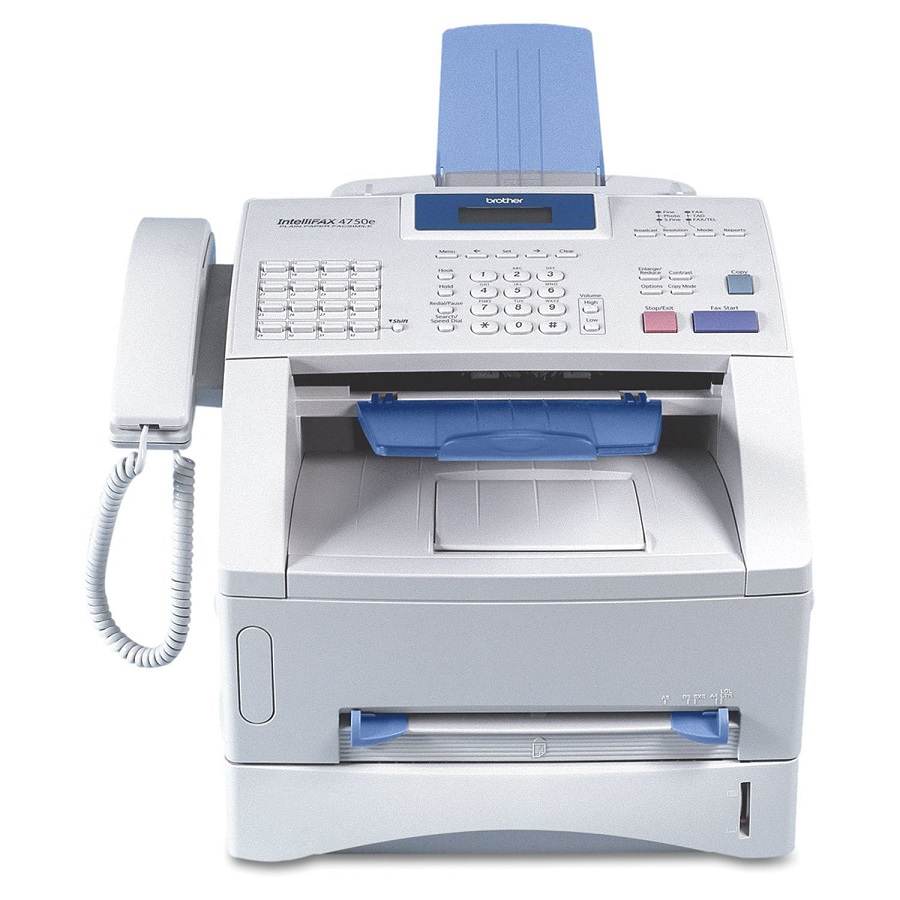
The Evolution of Fax Technology: Tracing its Origins
What is a fax machine and how does it work? The evolution of fax technology can be traced back to the early forms of telegraphy and telecommunication, with the first known experimental fax transmission occurring in the mid-19th century. Early fax systems utilized telegraph lines and radio transmissions to transmit images and text over long distances. Over time, advancements in technology, including the integration of phototelegraphy and the development of analog and digital transmission protocols, have shaped the fax machine into the device we recognize today.
Components of a Fax Machine: Understanding the Basics
A fax machine comprises several essential components that enable the transmission and reception of documents. These components typically include a scanner, modem, printer, and a document feeder. The scanner captures the image of the document or image to be transmitted, converting it into a digital format. The modem then encodes the digital information to prepare it for transmission over a phone line. Upon receipt, the receiving fax machine decodes the transmitted data and prints the document using the printer component.
Dial-up Fax Machines: Analog Transmission
Traditional fax machines employ a dial-up connection, similar to that of a traditional telephone, to transmit and receive data. The sending fax machine dials the recipient’s fax number, and upon establishing a connection, proceeds to transmit the digital document over the phone line. The receiving fax machine then decodes the transmission and initializes the printing process to reproduce the document. Analog transmission facilitated by dial-up fax machines has historically been the primary method for fax communication.
Digital Fax Technology: streamlining transmission
With the advancement of digital communication and network technology, fax machines have evolved to incorporate digital transmission and Internet-based protocols, offering more streamlined and efficient methods of document exchange. Digital fax technology enables the integration of fax capabilities with email platforms, multifunction printers, and document management systems, facilitating the seamless exchange of electronic facsimiles while leveraging the flexibility and efficiency of digital communication platforms.
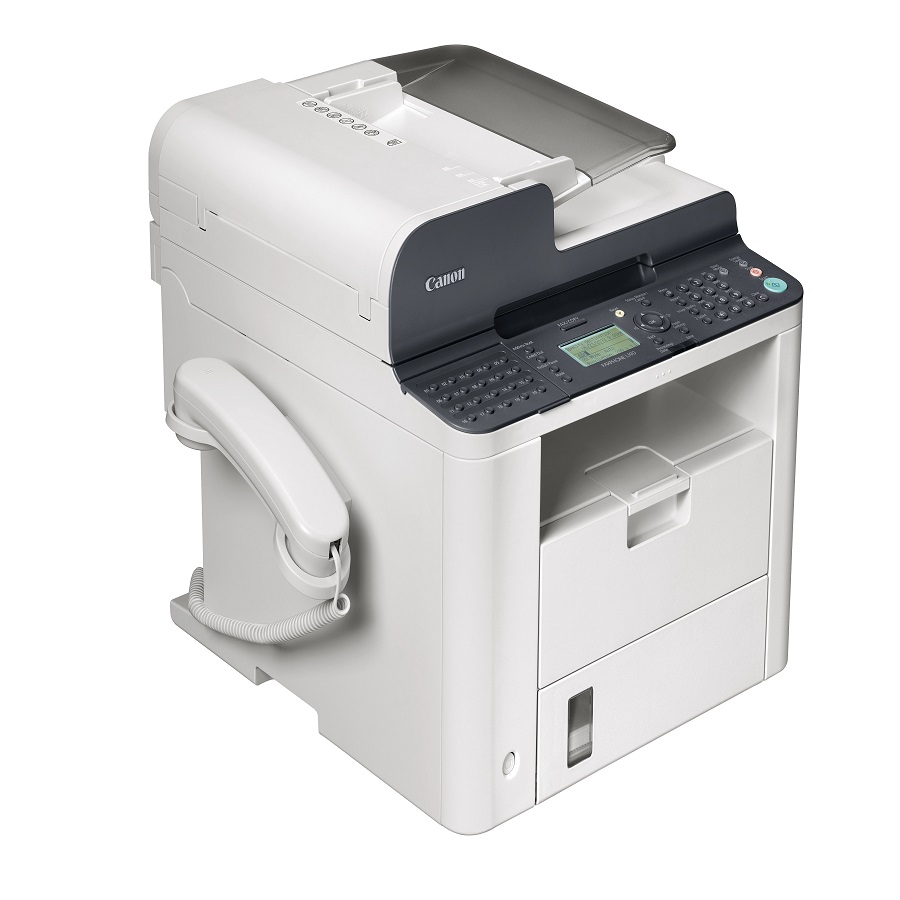
The Fax Transmission Process: Initiating and Completing a Fax
What is a fax machine and how does it work? To initiate a fax transmission, the sender places the document into the fax machine’s feeder or scanner, enters the recipient’s fax number, and then proceeds to initiate the transmission. The fax machine then establishes a connection with the recipient’s fax machine, encodes the scanned document into a digital format, and transmits the encoded data over the phone line. Upon receipt, the recipient’s fax machine decodes the transmitted data and proceeds to print the document using the built-in printer, thereby completing the process of sending and receiving the faxed document.
Significance and Applications of Fax Machines: Business and Communication
Fax machines continue to hold significance in various industries, particularly in business and professional environments where document exchange and confidentiality are paramount. They offer a secure and reliable means of transmitting legal documents, medical records, contracts, and other sensitive materials. Additionally, fax technology plays a crucial role in facilitating international communication, providing a standardized and universally recognized format for document exchange across borders.
How to repair fax machine
Fax machines have long been a staple of office communication, offering a reliable and secure means of transmitting documents. As with any piece of office equipment, regular maintenance and occasional repairs are essential to ensure the ongoing functionality and longevity of fax machines.
Importance of Fax Machine Maintenance: Maximizing Reliability
The importance of regular maintenance for fax machines cannot be overstated. Proper upkeep and regular servicing help maximize the reliability and efficiency of the machine, ultimately minimizing downtime and ensuring seamless document transmission. Moreover, routine maintenance contributes to prolonging the lifespan of the fax machine and preventing potential malfunctions.
Routine Maintenance Procedures: Preserving Performance
Routine maintenance for fax machines includes several key procedures aimed at preserving their performance and functionality. Cleaning the exterior and interior components, such as the document feeder, scanner, printer, and control panel, helps prevent the accumulation of dust, debris, and toner residue. Regularly inspecting and cleaning the feed rollers and paper paths helps prevent paper jams and ensures smooth document feeding.
Caring for Consumable Components: Toner and Drum Maintenance
Fax machines contain consumable components such as toner cartridges and imaging drums. Which require regular care and maintenance. Proper handling and storage of toner cartridges help prevent issues such as clogging. And uneven toner distribution. Additionally, inspecting and cleaning the imaging drum ensures the clarity and quality of transmitted documents. Contributing to the overall reliability and performance of the fax machine.
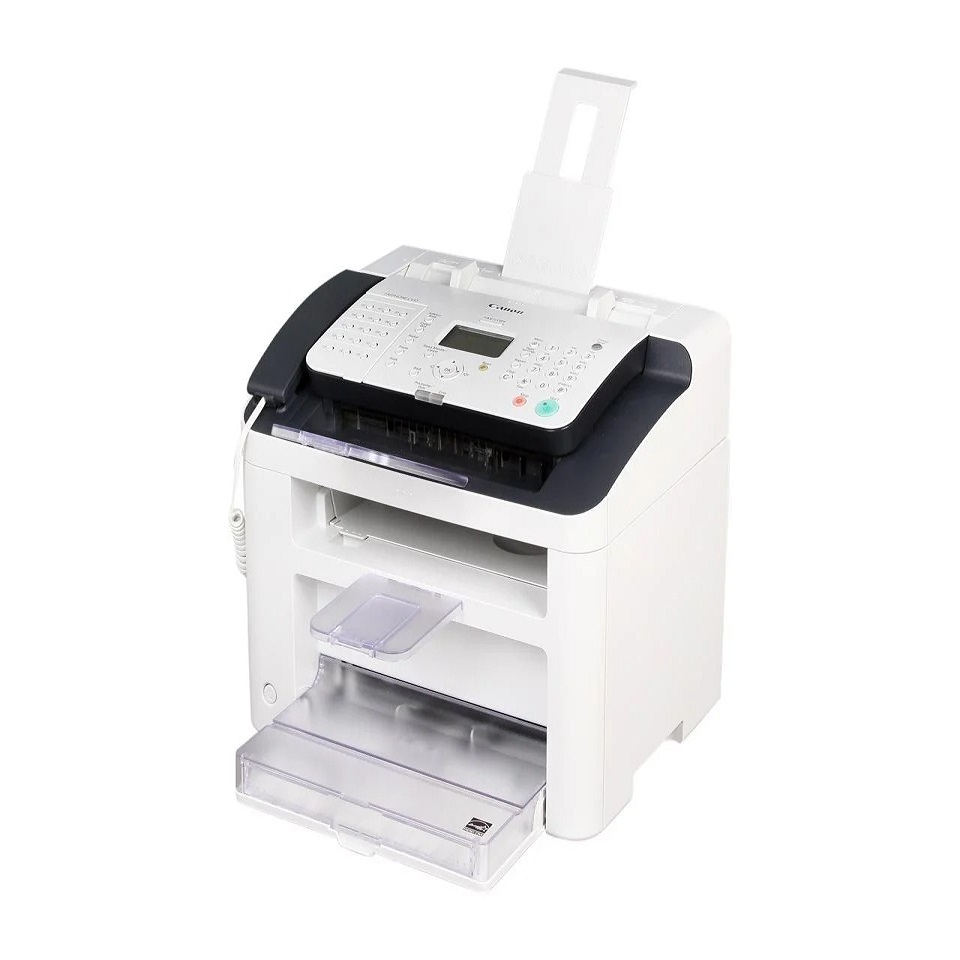
Routine Equipment Testing and Calibration: Verifying Functionality
Routine equipment testing and calibration are essential to ensure the proper functioning of a fax machine. Performing diagnostic tests, including transmission speed, image quality, line tests. And error code checks, helps identify and rectify potential issues before they escalate. Moreover, calibrating the fax machine for optimal performance in accordance with relevant specifications further ensures the accuracy and reliability of document transmission and reception.
Troubleshooting Common Issues: Addressing Malfunctions
Despite regular maintenance, fax machines may encounter common issues such as paper jams, image distortion, line noise, or error codes. Troubleshooting these issues involves systematically diagnosing and addressing the root causes of malfunctions. Techniques include inspecting paper paths and rollers, cleaning contacts and sensors, adjusting image quality settings, and verifying phone line connections for clarity and stability.
Professional Repair Services: Seeking Expert Assistance
When routine maintenance and troubleshooting fail to resolve the issues affecting a fax machine, seeking professional repair services is paramount. Certified technicians possess the expertise and specialized tools required to diagnose, repair, and recalibrate fax machines, ensuring that they meet manufacturer specifications and performance standards. Professionl repair services help restore the functionality of fax machines, addressing complex issues and component failures that require specialized knowledge and resources.
Preventive Maintenance Planning: Schedule and Records
Effective preventive maintenance planning for fax machines includes scheduling regular inspections, cleanings. And equipment testing at predetermined intervals. Maintaining detailed records of maintenance activities. Including dates, procedures performed, and any issues identified. Facilitates a thorough understanding of the fax machine’s maintenance history. Helping to predict and prevent potential problems.
The maintenance of fax machines is integral to ensuring their longevity. And reliability in facilitating seamless document transmission. Routine upkeep, consumable component care. Equipment testing, troubleshooting, and professional repair services all contribute to preserving the performance and functionality of fax machines.
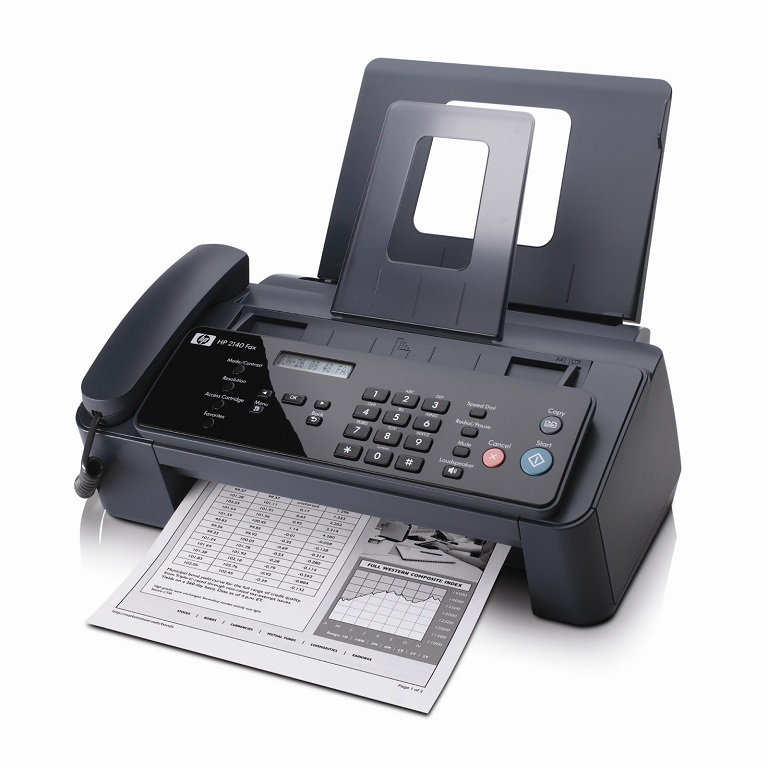
Conclusion:
What is a fax machine and how does it work? The fax machine serves as a valuable communication tool. Encompassing a rich technological history. That has continually evolved to meet the demands of modern communication and document exchange. Understanding the components, transmission process. And evolving digital advancements of fax technology offers insight into its enduring relevance. And significance in business operations, professional communication, and secure document exchange. With a foundational understanding of its operation and utility. Individuals and organizations can continue to leverage fax technology for reliable and secure document transmission. Upholding its status as an enduring and foundational facet of communication.
